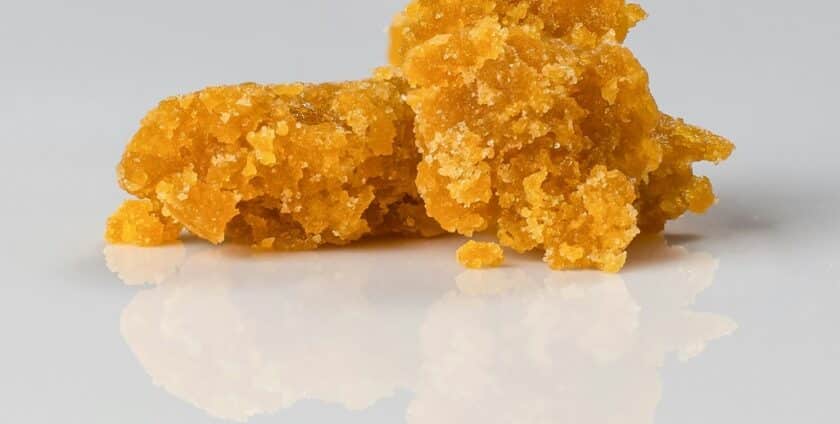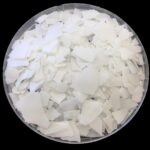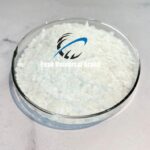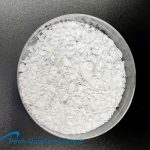
What Is Wax Made Out Of?
Wax, a mysterious substance with a huge number of applications, has fascinated humanity for centuries. From initial civilizations to modern industries, it has played an integral part in various aspects of life. Its versatility and utility make it a foundation in multiple fields, ranging from cosmetics and pharmaceuticals to art and manufacturing.
In this comprehensive exploration article, we dive into the origins, composition, and diverse uses of wax, shedding light on its significance in the current society.
🧪 What Is Wax Made and Composition?
It is a lipophilic, malleable organic compound that becomes plastic when warmed and solidifies upon cooling. It can be made from:
🌿 Natural
Natural waxes are derived from plants or animals. Common types include:
-
🟢 Beeswax – Produced by honeybees for building honeycombs
-
🟢 Carnauba Wax – Extracted from the leaves of the Brazilian carnauba palm
-
🟢 Candelilla Wax – Derived from the leaves of the candelilla shrub
-
🟢 Soy Wax – Made from hydrogenated soybean oil
-
🟢 Palm Wax – Extracted from palm oil
These are biodegradable and widely used in food, cosmetics, and pharmaceuticals.
🛢️ Petroleum-Based
Petroleum waxes are obtained during the refining of crude oil. Types include:
-
🟠 Paraffin Wax – A white or colorless soft solid used in candles, packaging, and coatings
-
🟠 Microcrystalline Wax – Contains smaller crystals, ideal for adhesives and rubber products
-
🟠 Slack Wax – A crude wax by-product, often refined into paraffin
They are cost-effective, consistent, and widely used in industrial applications.
⚙️ Synthetic
Synthetic waxes are engineered through chemical processes. These include:
-
🔵 Polyethylene Wax (PE Wax) – A hard, high-performance wax used in plastics and inks
-
🔵 Fischer-Tropsch Wax – Derived from natural gas using controlled synthesis
-
🔵 Montan Wax – Extracted from lignite coal, often modified chemically
These waxes offer excellent thermal stability, making them suitable for engineering-grade applications.
📊 Types & Their Sources
| Wax Type | Source | Common Use | Appearance |
|---|---|---|---|
| Beeswax | Animal (bees) | Cosmetics, candles, balms | Yellow/white |
| Paraffin Wax | Petroleum refining | Candles, packaging, coatings | White, translucent |
| Soy Wax | Vegetable (soybeans) | Natural candles, skin products | Creamy white |
| PE Wax | Synthetic | Plastics, coatings, inks | White, hard |
| Carnauba Wax | Plant (palm leaves) | Polishes, food coatings, cosmetics | Brittle yellow |
| Fischer-Tropsch Wax | Synthetic (gas) | Hot melt adhesives, lubricants | White, hard |
Applications and Utilizations:
The versatility of wax extends far beyond conventional applications, encompassing a wide array of industries and consumer products. One of the most ubiquitous uses of wax is in candle-making, where different types of it, lend distinct characteristics to the final product.
Beeswax candles, prized for their natural aroma and slow, clean burn, evoke a sense of warmth and ambiance in homes and sacred spaces. Paraffin candles, on the other hand, offer a cost-effective alternative with a wide range of colors and scents to suit diverse preferences.
In the realm of cosmetics and personal care products, wax serves as a crucial ingredient in formulations such as lip balms, creams, and hair removal products. Beeswax, prized for its emollient properties and compatibility with the skin, forms the basis of many natural skincare products, providing hydration and protection without clogging pores.
Carnauba wax finds application in lipsticks and mascaras, imparting a glossy sheen and long-lasting wear to cosmetic formulations.
Moreover, it plays a pivotal role in the preservation and packaging of food items, where it acts as a barrier against moisture loss and spoilage.
Cheese coatings, fruit coatings, and food wraps often incorporate edible waxes such as Carnauba wax or beeswax to extend the shelf life of perishable goods while maintaining their freshness and flavour.
In industrial settings, it serves as a versatile material for Mold-making, casting, and prototyping due to its ability to replicate intricate details and withstand high temperatures. Investment casting, a precision manufacturing technique used in aerospace and automotive industries, relies on wax patterns to create complex metal parts with unparalleled accuracy and consistency.
Environmental Impact and Sustainability:
As awareness of environmental issues continues to grow, there is a burgeoning demand for sustainable alternatives to conventional these products. Companies like Peak Universal Business have recognized this shift in consumer preferences and have embraced eco-friendly solutions in their product offerings.
By sourcing renewable materials and adopting environmentally conscious manufacturing practices, Peak Universal Business aims to minimize their ecological footprint while delivering high-quality products to their customers.
Soy wax, derived from renewable soybean oil, represents a significant step towards sustainability in the wax industry. Its biodegradable nature and minimal carbon emissions make it an attractive choice for eco-conscious consumers seeking to reduce their environmental impact without compromising on performance or quality.
Furthermore, initiatives such as recycling programs for used candles and packaging materials help mitigate waste and promote a circular economy within the wax industry. By encouraging responsible disposal and recycling practices, companies like Peak Universal Business contribute to the conservation of natural resources and the reduction of landfill waste.
❓ FAQ: What Is Wax Made and Composition?
1. ❔ What is wax made out of?
🧪 Wax can be made from petroleum, plants, animals, or synthetic chemicals. Common sources include paraffin (from crude oil), beeswax (from honeycombs), and soy wax (from hydrogenated soybean oil).
2. ❔ Is all wax made from petroleum?
🛢️ No. While paraffin and microcrystalline waxes are petroleum-derived, there are many non-petroleum waxes, such as:
-
Beeswax
-
Soy wax
-
Palm wax
-
Carnauba wax
-
Synthetic waxes like polyethylene wax
3. ❔ What is the difference between natural and synthetic wax?
🌿 Natural waxes are biologically derived from plants and animals.
⚙️ Synthetic waxes are engineered using industrial processes for higher performance in heat, friction, and stability.
4. ❔ What are industrial uses of wax?
🏭 Waxes are used in:
-
Candle manufacturing
-
Packaging and food coatings
-
Hot-melt adhesives
-
Textile and leather treatments
-
Plastic processing
-
Rubber and tire manufacturing
5. ❔ Can wax be customized for specific applications?
✅ Yes. Waxes can be blended, modified, or compounded to achieve desired melting points, hardness, and compatibility for applications in:
-
PVC processing
-
Bitumen modification
-
Industrial lubrication
-
Printing inks
🏁 Conclusion: What Is Wax Made and Composition?
Whether it’s natural beeswax or synthetic PE wax, the origin and composition of wax determine its performance, stability, and industrial relevance. Understanding what wax is made out of helps you choose the right type for cosmetics, coatings, plastics, or chemical processing.
You can Read More about Our products Here:
Fully Refined Paraffin and Its Applications
Paraffin in Rubber Industry Applications
Fully Refined Paraffin for Beauty & Cosmetics Industry
What is Paraffin and its Features, Uses and Application?
How to Check Paraffin Quality – Tests & Parameters Explained?
📣 Call to Peak Universal Business
🔍 Looking for Industrial-Grade Wax Solutions?
We offer a wide range of natural, petroleum-based, and synthetic waxes tailored for manufacturing, packaging, and chemical industries.
📞 Get a Free Consultation with our technical team today.
We supply:
-
✔️ Cosmetic-grade beeswax and carnauba
-
✔️ Industrial paraffin, microcrystalline, and PE wax
-
✔️ Custom packaging and OEM services
-
✔️ Export support for global shipping
🛒 Request a Quote Today
📧 Email: [email protected]
📞 Phone: +971 4 878 2031
📩 Contact us today for a free sample or technical datasheet! Peak Universal Business is a Premier Wax Supplier. Our Expert will be in touch with you to guide you about the Use of Wax that can be produced according to your project requirements. If You have any other Query or Question you want to ask, Please don’t hesitate to Contact Us.
- 0 comment





Leave a Reply